Course · Part 2 · Assignment 5
Read
Usability Principles
KeyThree
The key points from this assignment.
- Usability is about how easy it is to learn and remember how to use something
- It’s also about how efficiently tasks can be completed, and what happens when someone makes a mistake
- Considering user satisfaction can further elevate usability

Image credit: Egor Myznik
Introduction
“Don’t make me think.”
— Steve Krug, usability expert
Industrial designers and software engineers have long had to consider usability principles. But with the rapid rise of smartphones, streaming services, and other smart devices, understanding usability is now essential for graphic designers and digital product designers alike.
In this assignment, we’ll cover the five basic usability principles: learnability, efficiency, memorability, error reduction and error forgiveness, and satisfaction.
Principle 1: Learnability
Things should be easy to learn, and intuitive where possible.
Here are two TV remote controls — one with poor learnability (left), and the other with better learnability (right).
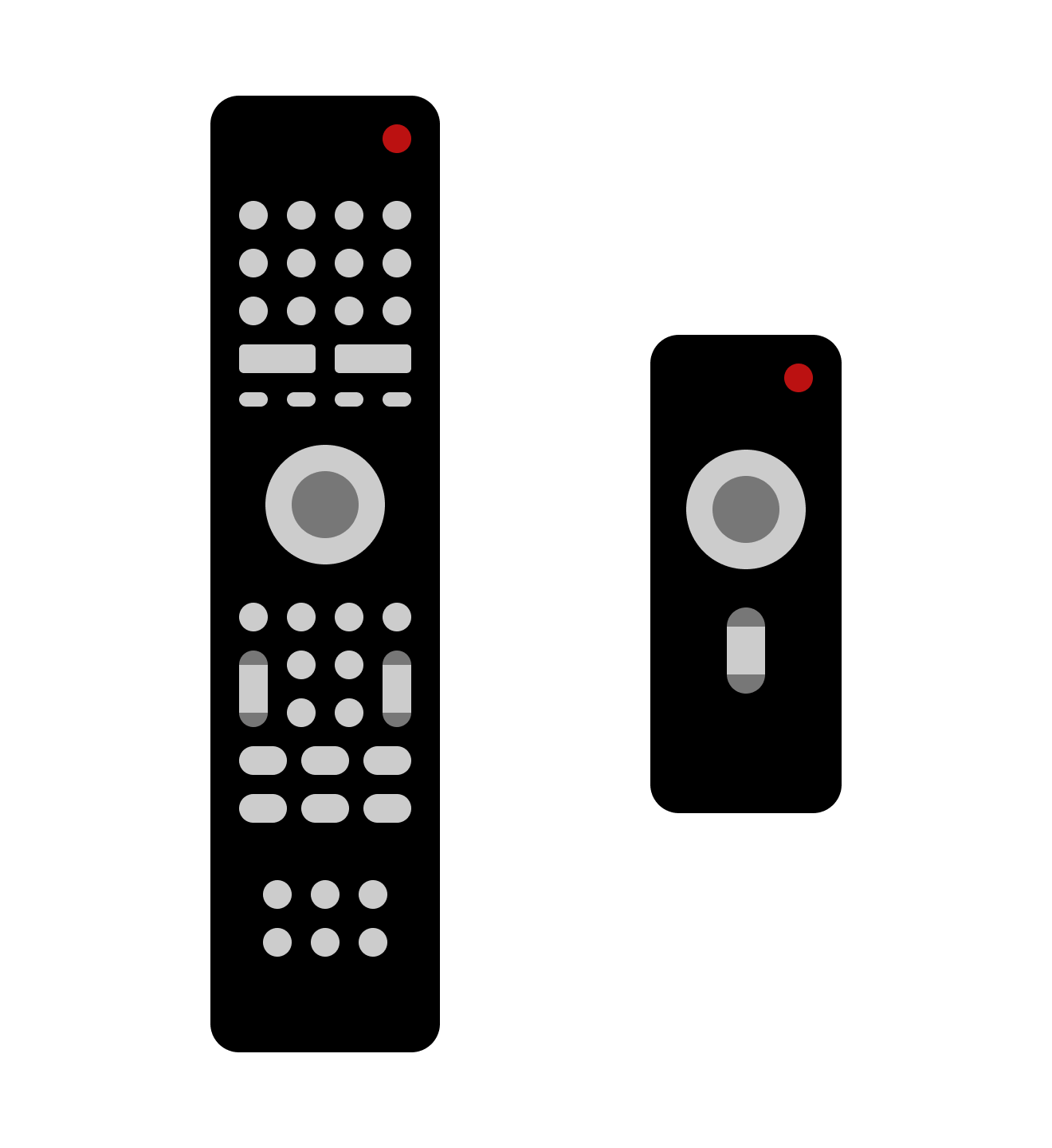
Principle 2: Efficiency
A design that allows people to complete a task successfully, and with as few steps as possible, is efficient.
Here are two interfaces for booking a taxi — the first demonstrates high efficiency, and the second low efficiency.
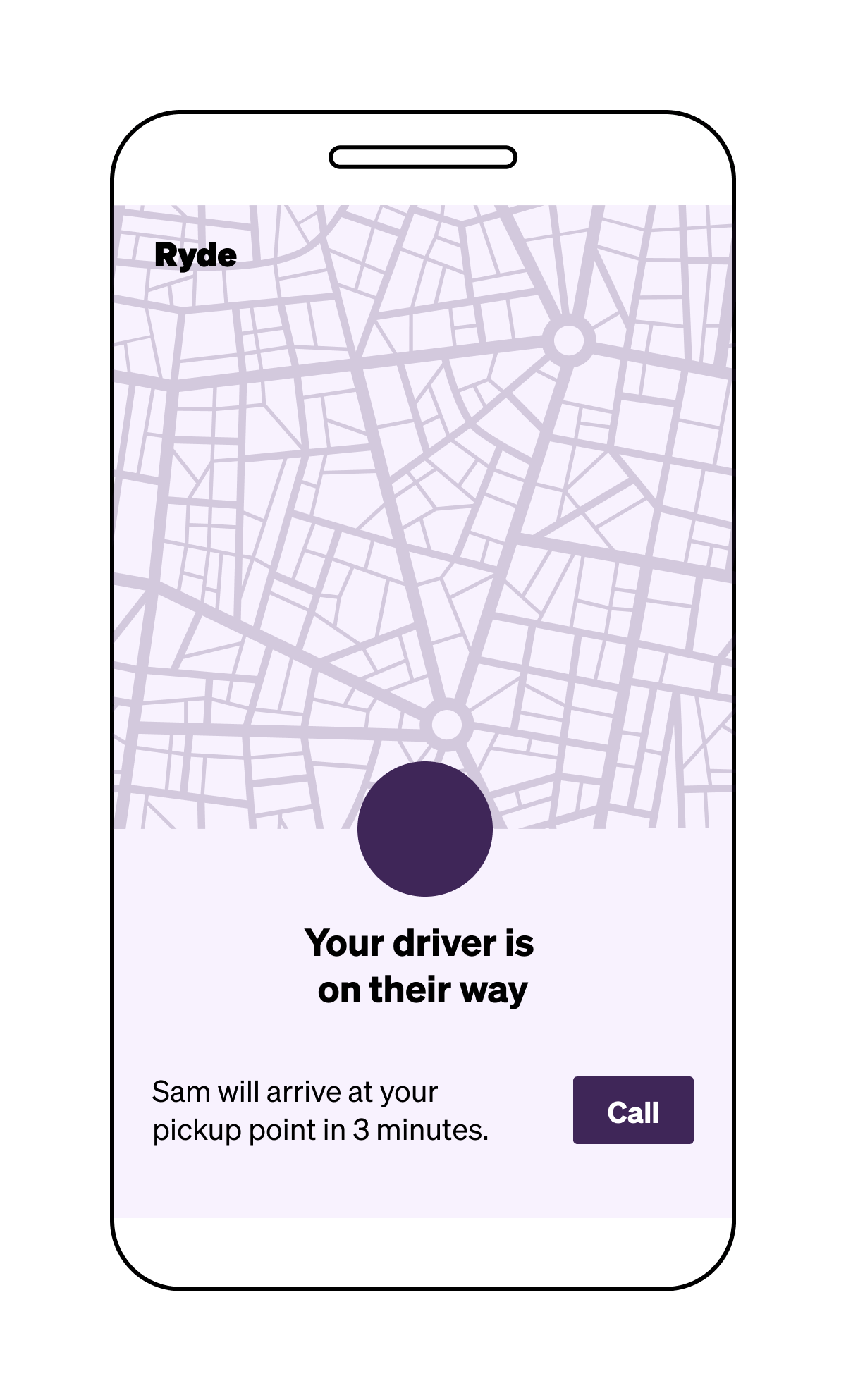

Principle 3: Memorability
It should be as easy as possible to remember how something works. If a product has good memorability, someone can go a long time without using it, and still recall how to use it.
For example, a stapler has very high memorability, and a standard USB cable has famously poor memorability — how many days is it since you last tried plugging a cable in upside-down?
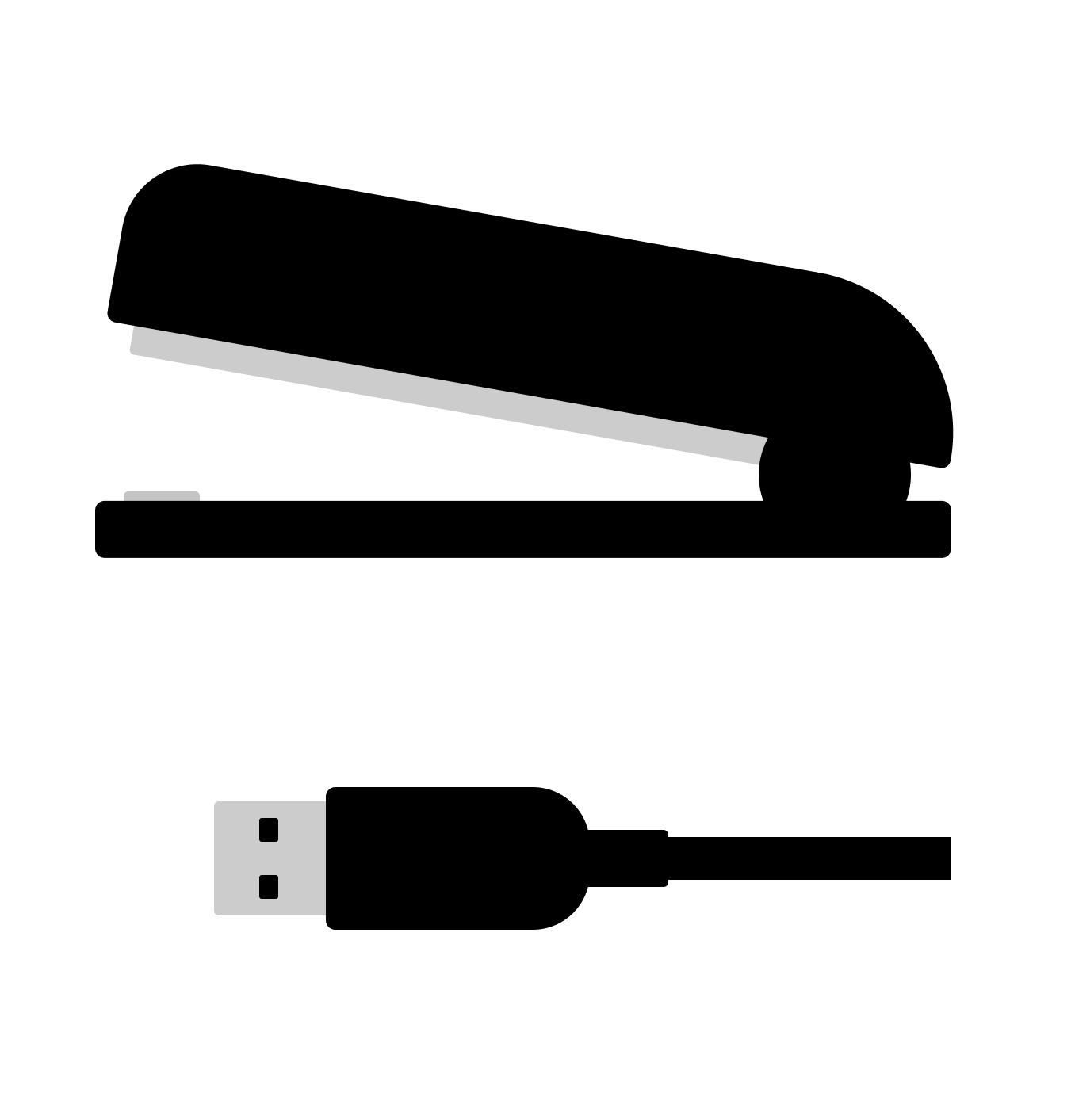
Principle 4: Error reduction and forgiveness
Things should be designed in such a way that 1) people are unlikely to make mistakes, and 2) they can understand any mistakes they do make, and easily correct them.
In the example below, we’ve illustrated two very different ways of handling a declined card payment. In the first one, the user is presented with an explanation of the problem, and instructions on how to fix it.
In the second one, the user receives a technical error message from the system, and isn’t able to move forward.
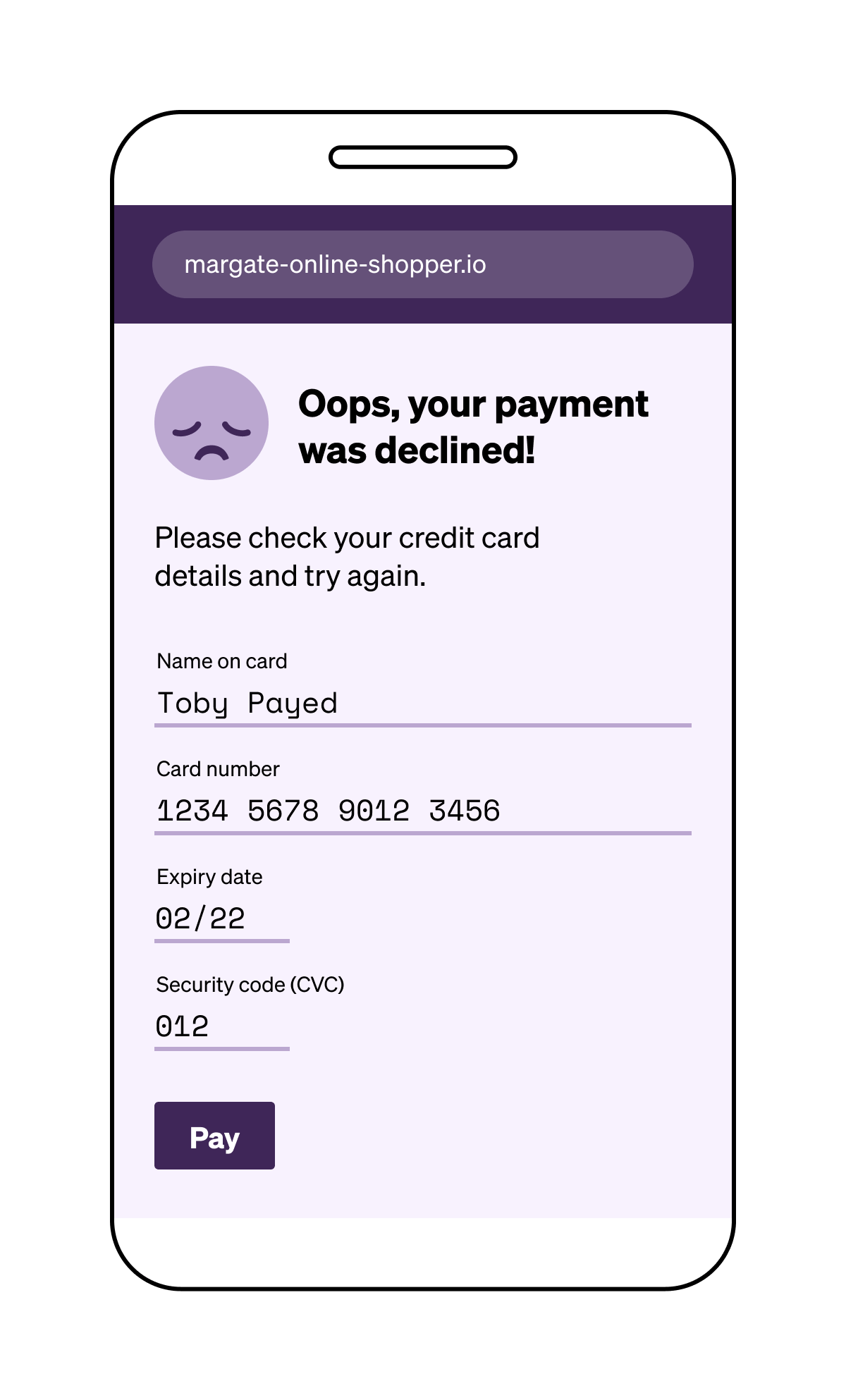
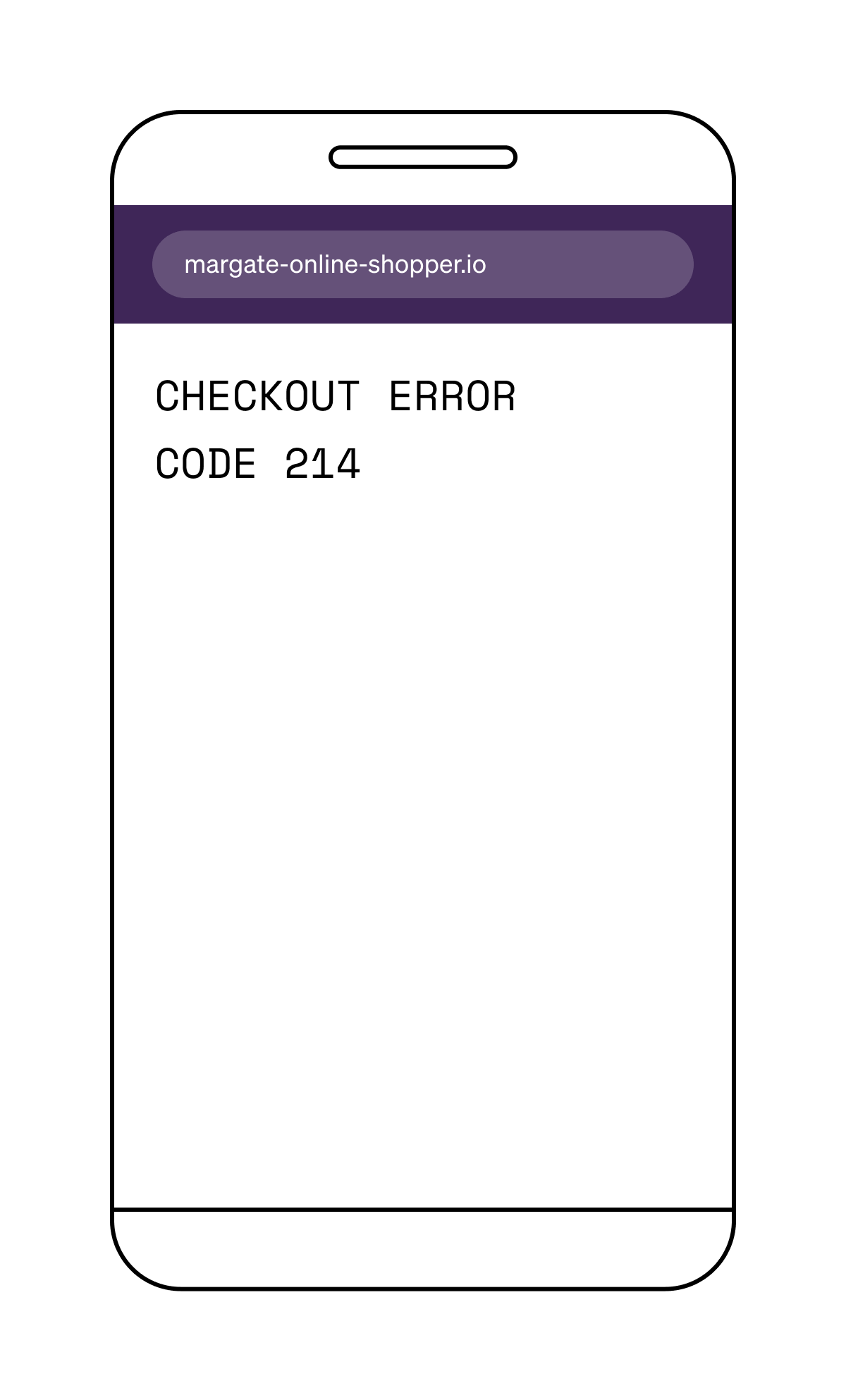
Principle 5: Satisfaction
Satisfaction is about how good someone feels after completing a task or using a product.
For example, both a cuckoo clock and a digital clock allow people to tell the time efficiently, but many people might be more satisfied by the motion, colours, and sounds of the cuckoo clock.
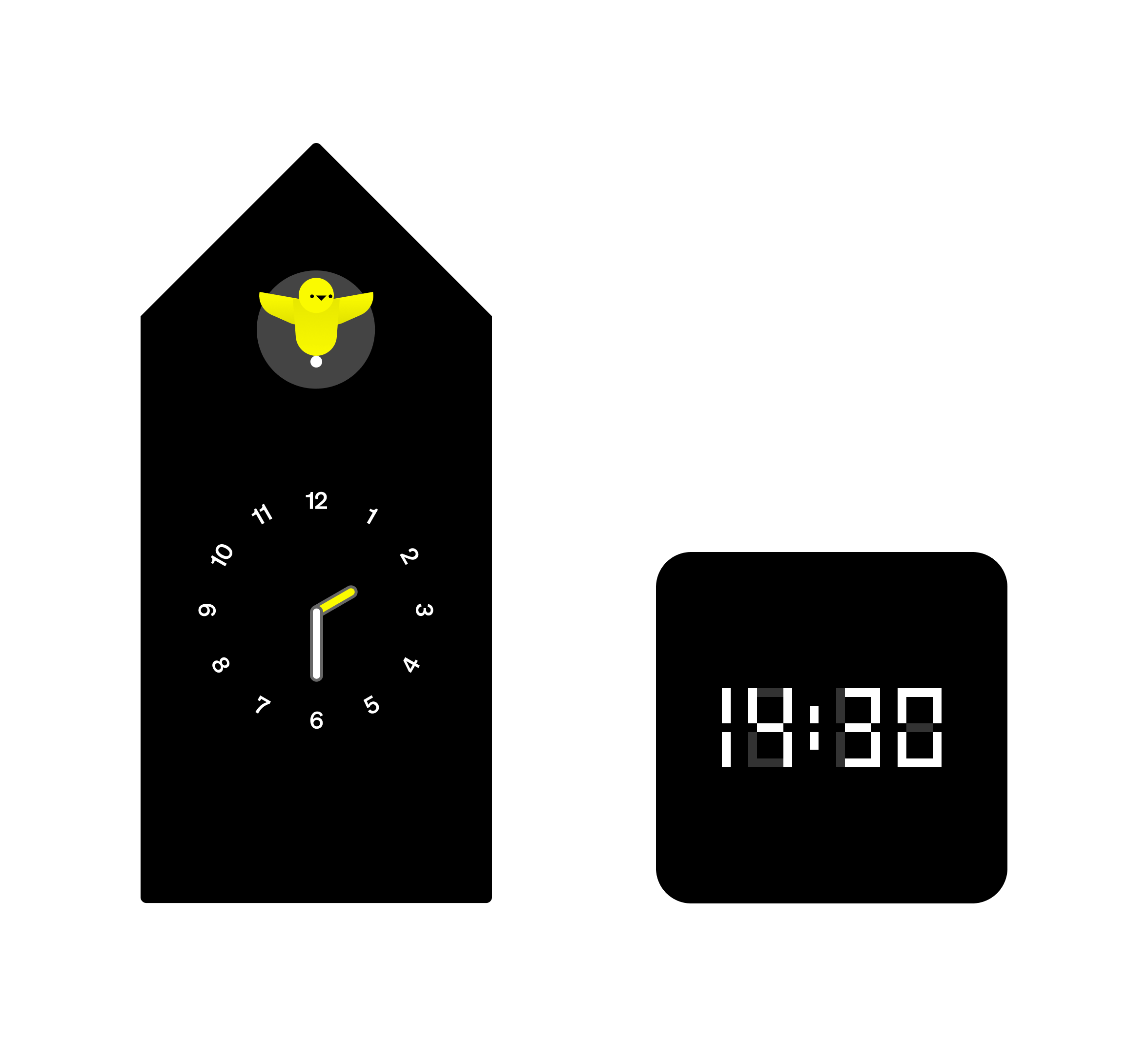
In conclusion...
These five usability principles are the foundation of any well-designed experience: learnability, efficiency, memorability, error reduction and error forgiveness, and satisfaction.
The next assignment is a treasure hunt — time to find some examples of good and bad usability!